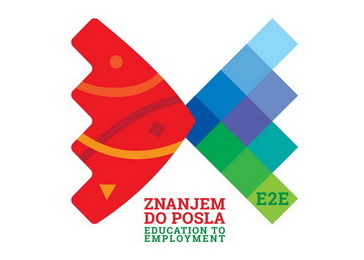 According to data from the Labor Force Survey of the Statistical Office of the Republic of Serbia – average for 2018 and 2019, the contingent of young people aged 15-29 in 2019 amounted to 1,130,700, which represents a decrease of 20,800 compared to 2018, respectively by 1.8% (1,151,500 in 2018). The contingent of young women decreased by 10,100 and amounted to 549,800 in 2019, while the contingent of young men decreased by 10,700 to 580,900.
According to data from the Labor Force Survey of the Statistical Office of the Republic of Serbia – average for 2018 and 2019, the contingent of young people aged 15-29 in 2019 amounted to 1,130,700, which represents a decrease of 20,800 compared to 2018, respectively by 1.8% (1,151,500 in 2018). The contingent of young women decreased by 10,100 and amounted to 549,800 in 2019, while the contingent of young men decreased by 10,700 to 580,900.
The number of active youth, which in 2019 is 531,400, consists of 114,200 unemployed and 417,200 employed. The decrease in the number of active youth compared to 2018 by 22,900, or by 4.1%, is largely the result of a decrease in the number of unemployed persons by 21,700 or 16.0% compared to 2018, while the number of employed youth decreased by 1,200 or 0.3% compared to the previous year. The number of inactive youth was 599,300 in 2019 and was 2,100 or 0.4% higher than in 2018.
The youth activity rate in 2019 is 47.0% and is 1.1 percentage points (p.p.) lower than the previous year, with the young men’s activity rate of 53.5% is 13.4 p.p. higher than the activity rate of young women, which is 40.1%.
The youth employment rate in 2019 is 36.9% and 0.6 p.p. is higher than in 2018. The gender employment gap is 11.3 p.p. and is the result of the difference between the male employment rate – 42.4% and the female employment rate – 31.1%.
The youth unemployment rate in 2019 is 21.5% and is down 3.0 percentage points from 2018. The NEET rate, that is, the participation of young people who are not employed and not in one of the training or education programs in the total number of young people is 18.9% and is lower by 1.2 p.p. compared to 2018..
| Youth 15-29 | Year 2018 – average | Year 2019 – average | Changes in year 2019/2018 |
| Activity Rate | 48,1% | 47,0% | -1,1 p.p. |
| Employment Rate | 36,3% | 36,9% | 0,6 p.p. |
| Unemployment Rate | 24,5% | 21,5% | -3,0 p.p. |
| Inactivity Rate | 51,9% | 53,0% | 1,1 p.p. |
| NEETs | 20,1% | 18,9% | -1,2 p.p. |
According to Eurostat data for 2019, the activity rate of young people aged 15-29 in the EU-28 has remained at the same level as in the previous year, at 56.6%. The employment rate is 50.3% and has increased by 0.5 p.p. (49.8% in 2018), while the unemployment rate is 11.2% and is down 0.8 p.p. compared to 2018 (12.0%). The NEET rate is 12.5% and is down 0.4 p.p. (12.9% in 2018).
When compared to the EU-28 averages, the position of young people in the labor market in Serbia is less favorable than their peers in the EU-28, however, this is not always the case with individual Member States. So e.g. compared to Serbia, Bulgaria, Greece and Italy have lower youth activity rates – 45.2%, 44.1% and 40.9% respectively, while Italy, Spain and Greece have higher youth unemployment rates – 22.4%, 24.7% and 28.9% respectively. Italy has a higher NEET rate than Serbia – 22.2%.
Useful Documents
E2E Publications
- Third National Report on Social Inclusion and Poverty Reduction in the Republic of Serbia for the period from 2014 to 2017 – Thematic Focus: Youth in the Serbian Labour Market (.pdf, p. 132-144)
- Ex-post Evaluation of the Open Call “Supporting Innovative Approaches to tackle Youth Employment and Employability” (2018–2019) – Summary (.pdf)
- PERIODIC EVALUATION of the local youth employment initiative programmes (october, 2018)
- Improvement of the Legal Framework for the Regulation of Traineeships in the Republic of Serbia (.pdf)
- Evaluation of the Youth Service Package and the Relevant Programmes and Measures Funded from the Republic of Serbia Budget and Targeted at Youth – Summary (.pdf)
- Support to the Implementation of the Employment and Social Reform Programme (ESRP) in Serbia with a Focus on Youth Employment and Employability Policies (.pdf)
- E2E Fact Sheet (.pdf)
- E2E – Success Stories (.pdf)
- E2E Opportunity Fund – brochure (.pdf)
- Social Innovations
Strategic and other documents of the Republic of Serbia
- Employment Strategy of the Republic of Serbia 2021-2026 (.pdf)
- Action Plan 2021-2023 for the Implementation of the Employment Strategy of the Republic of Serbia 2021-2026 (.pdf)
- Ex-Post Analysis of the National Employment Strategy for the Period 2011-2020 (.pdf)
- Employment and Social Reform Programme (ESRP) Adopted
- National Employment Action Plan for 2020 (.pdf)
- National Employment Action Plan for the Year 2019 (.pdf)
- National Employment Action Plan for the Year 2017 (.pdf)
Strategic and other documents of the EU
- The Youth Guarantee and Youth Employment Initiative Three Years On (Strasbourg, 10.4.2016 SWD (2016) 323 final)
- European Quality Charter on Internships and Apprenticeships (.pdf)
Studies and surveys
 Government of the Republic of Serbia
Government of the Republic of Serbia



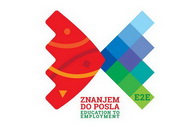


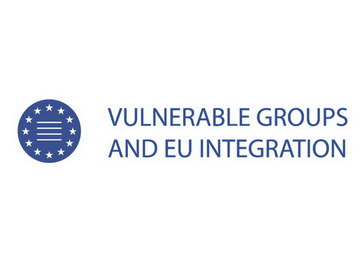
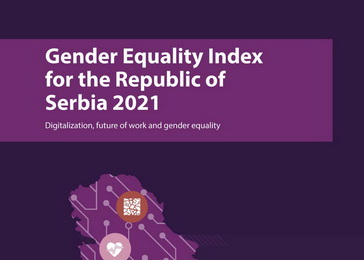
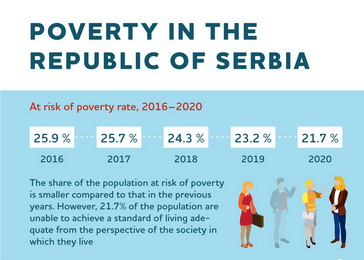


 pdf [271 KB]
pdf [271 KB]